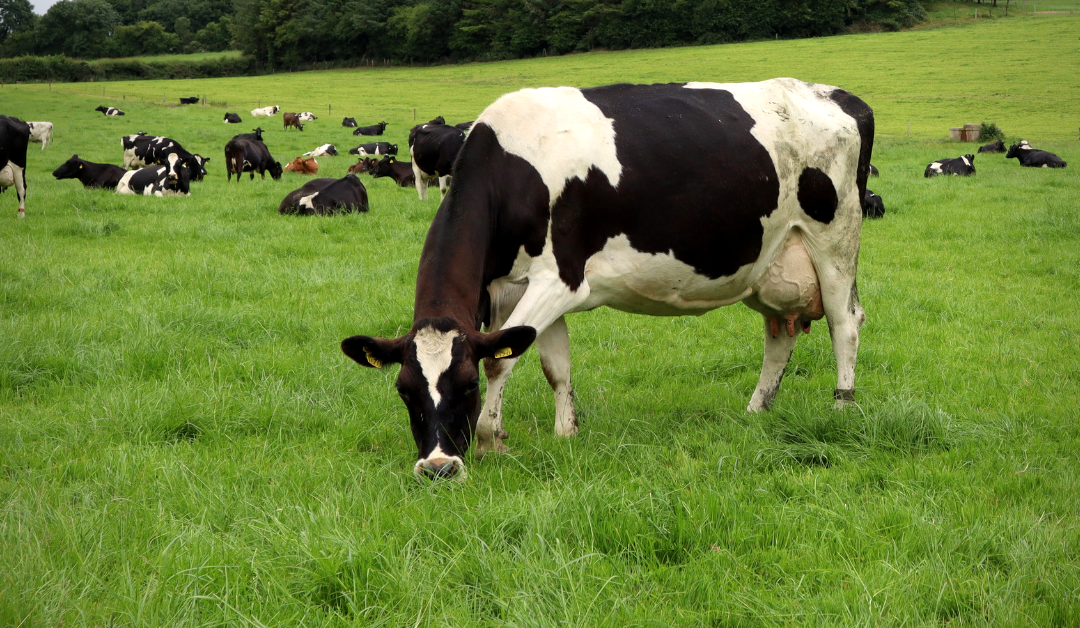Over the past number of months, a key focus on farm has been centred around having high quality feed available to cows at all times.
As grass growth has recently increased, we now enter a time where grass quality can be difficult to maintain and will therefore require attention. According to PastureBase Ireland, average pre-grazing yields on specialised dairy farms for 2020 were 1,554 kg DM/ha (1,639 kg DM/ha in drystock scenarios), well above the target of 1,200-1,400 kg DM/ha.
In such cases, it will be extremely difficult to graze out these paddocks to target residuals (3.5-4cm), resulting in poor grass quality and utilisation in the subsequent rotation. When grazing heavy covers of grass, it is worthwhile to remember that for every 4% reduction in grass digestibility, milk solids yield will consequently reduce by approximately 5%.
Making timely, well-informed decisions
Grazing platforms must be walked regularly during periods of high growth rates and variable weather to assess grass availability and make informed and timely decisions. Grass availability will dictate decisions around taking out surplus grass to hold quality where growth remains high, or in areas where growth rates are slower and experiencing soil moisture deficits, decisions will be made to hold the rotation to keep a high proportion of quality grass in the diet.

Taking stock
As we reach the halfway point in the year, now is a good time to examine how much grass has been grown to date. For example, if your aim was to complete six grazing’s/paddocks so far this year, at an approximate pre-grazing yield of 1,300 kg DM/ha, you should have grown approximately 7.8 tonnes of grass to date. However, due to poor early season growth and tough grazing conditions for periods of time this spring, this figure in farm specific cases may be lower.
More Information
For further grassland management advice, contact your local Agritech Sales Advisor.


